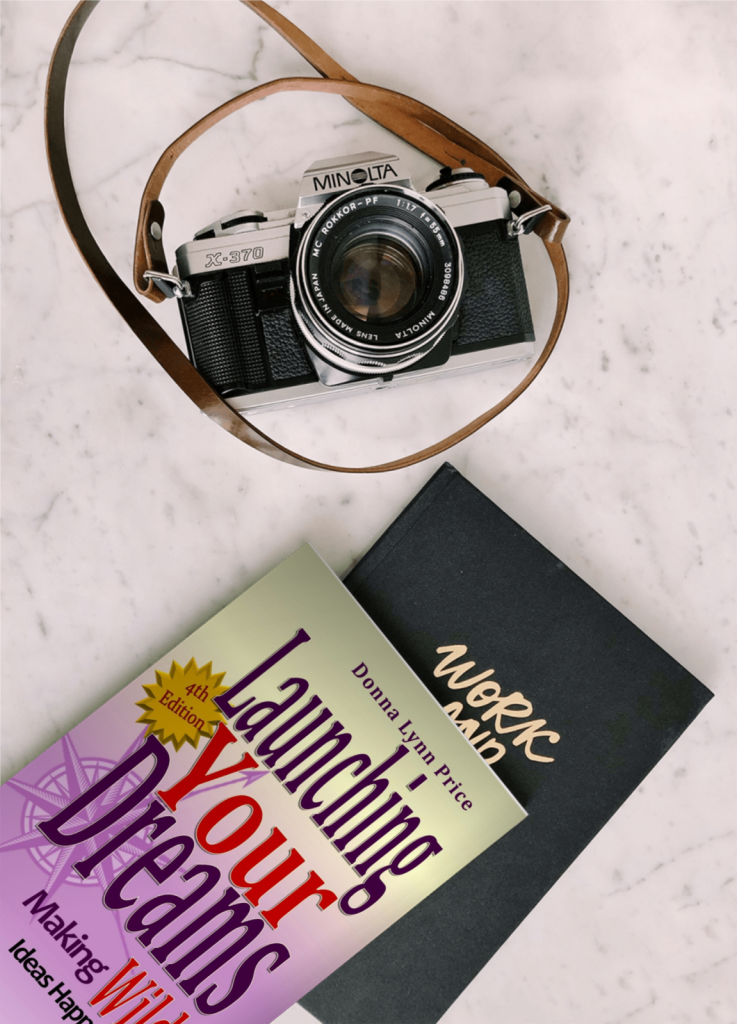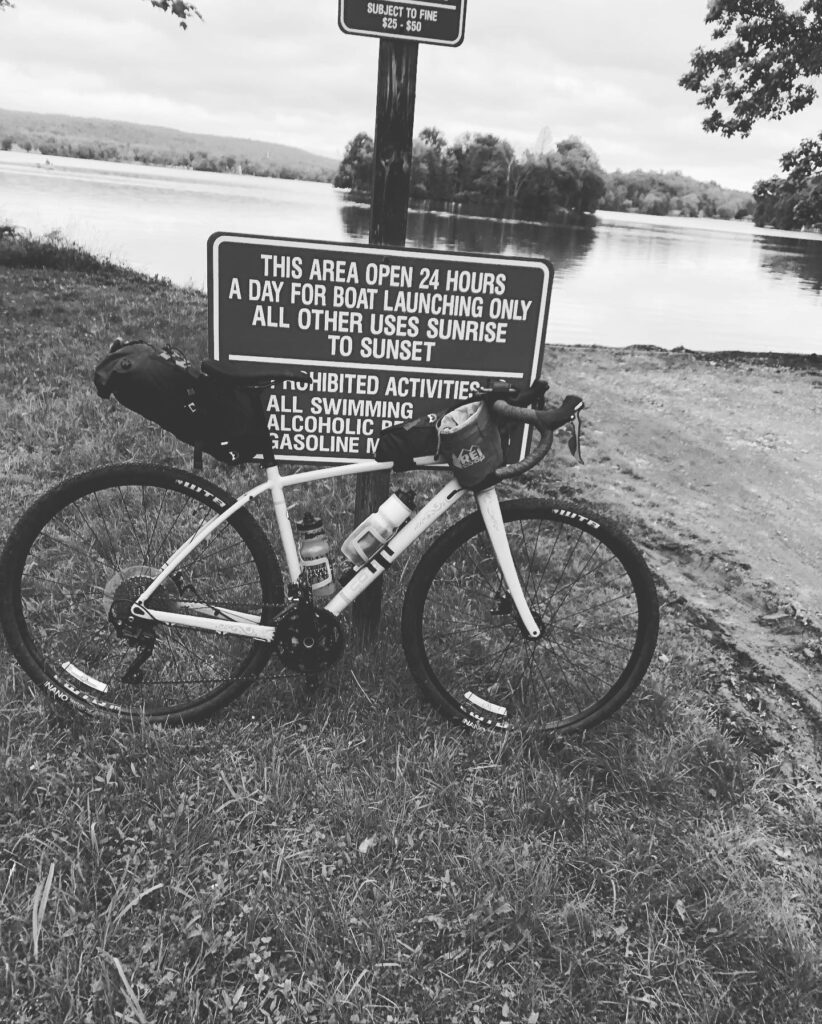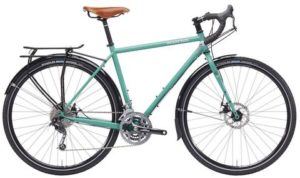Women on Bikes! [Bicycles, that is!]
Choosing a Bicycle Seat
 Bike riding can be fun but that fun will become irrelevant if you are uncomfortable. The one part of the bicycle that riders complain about most is the seat. If the butt is not feeling good, nothing else matters.
Bike riding can be fun but that fun will become irrelevant if you are uncomfortable. The one part of the bicycle that riders complain about most is the seat. If the butt is not feeling good, nothing else matters.
When you buy a bicycle, the seat is not missing. You will get a seat but it wont necessarily be the seat that is best for you. Don’t be afraid to replace it. In fact, if you don’t replace it, your bottom will pay the price.
1. Take a look at your bottom. This is not a joke. Most bicycle seats are small and quite firm as a standard. Competitive cyclists like these seats because there is less movement as you pedal. Constant rubbing can cause chafing which is not good for long rides or any ride at all. If you are fuller in the rear, a wider or softer seat may be in order.
 2. Examine the seat shape. Most seats have the same basic shape but there are subtle differences that are important. Seats that slope down on the sides do not support larger bottoms. It is hard on the tail bone and your lower back. Some seats look more like butterfly wings and provide more support by sloping up slightly. Seats with a center channel helps to keep you stationary on your bike without a lot of movement from side to side.
2. Examine the seat shape. Most seats have the same basic shape but there are subtle differences that are important. Seats that slope down on the sides do not support larger bottoms. It is hard on the tail bone and your lower back. Some seats look more like butterfly wings and provide more support by sloping up slightly. Seats with a center channel helps to keep you stationary on your bike without a lot of movement from side to side.
3. DON’T Consider a gel seat. Maybe a bigger seat is not the answer especially if speed is your choice. A larger seat makes it harder to pedal faster. Seats are narrow in front for that reason. If the seat fits your bottom and the shape is fine, adding a gel seat can keep your bottom cushioned on longer rides for greater comfort BUT, they often will result in sores.
 4. Learn to adjust your seat. Sometimes the problem is the height of the seat. A seat that is too high means you are straining to reach the pedals. This downward pressure puts more pressure on your bottom on that seat. Can you imagine how much that would hurt? Adjust your bicycle seat so that you can touch the pedals and still maintain a ninety degree angle with your body as you pedal. The other seat adjustment is the tilt of the seat. If you look closely at your seat, it can be adjusted to be level or tilted up or down. Make sure the tilt is not uncomfortable.
4. Learn to adjust your seat. Sometimes the problem is the height of the seat. A seat that is too high means you are straining to reach the pedals. This downward pressure puts more pressure on your bottom on that seat. Can you imagine how much that would hurt? Adjust your bicycle seat so that you can touch the pedals and still maintain a ninety degree angle with your body as you pedal. The other seat adjustment is the tilt of the seat. If you look closely at your seat, it can be adjusted to be level or tilted up or down. Make sure the tilt is not uncomfortable.
If the seat is still too hard or it hurts, then look at other possible solutions.
5. What are your riding needs? If you are just riding on occasional outings, a wider seat is acceptable. You aren’t trying to pick up speed or win a race. A narrower seat helps with maintaining speed in competition. A small hard seat can put bumps and bruises on your butt if you are riding over uneven terrain.
The bottom line is that you have to RIDE to condition your butt to the seat. EVERY single seat will be uncomfortable for a while. I personally prefer narrow seats that have a hole in the middle and and slightly cushioned. When I biked across the USA, I found that my butt started getting uncomfortable around 50 or 60 miles. NOW, not being in touring shape, it starts getting uncomfortable around 15 miles. I KNOW that the more I ride, the longer it will take to be uncomfortable.
A properly fitted bicycle seat is important for all riders. Shop well now to avoid lots of pain later.






